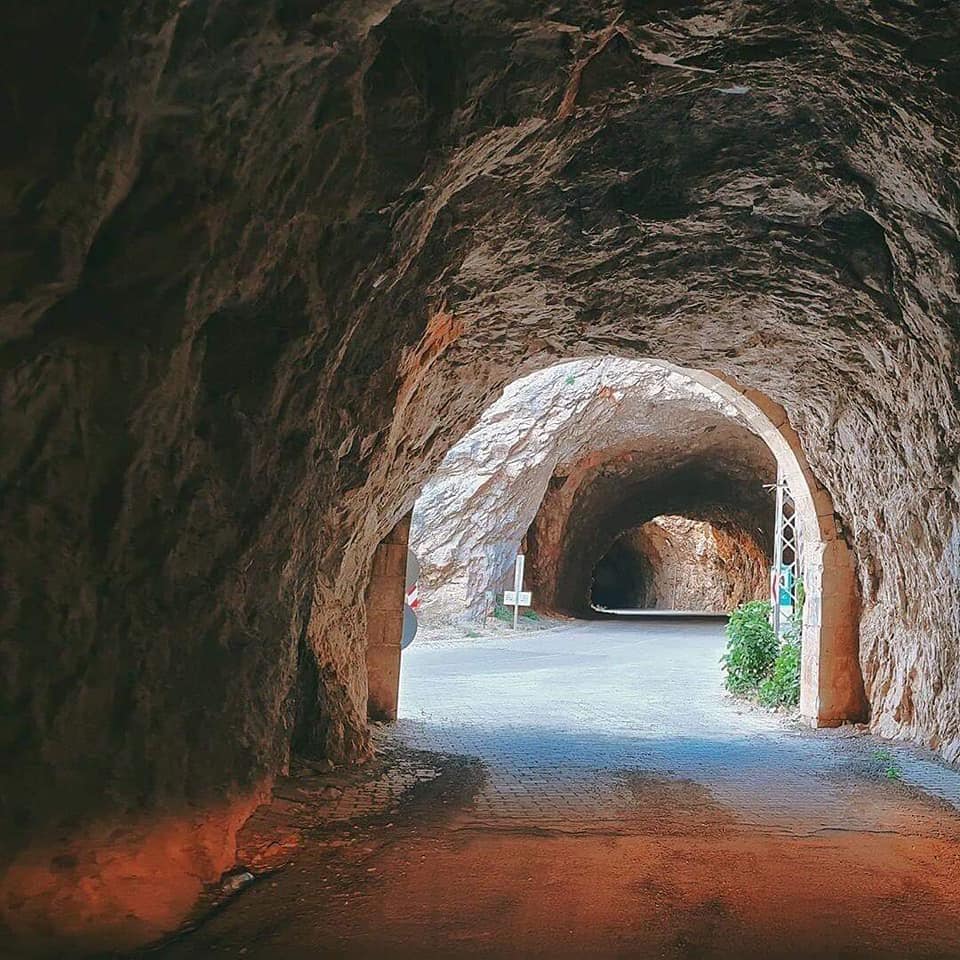Gateway to the Stone Road Kemaliye
Kemaliye’s Dark Canyon
Wow! It’s not often that travel writers find themselves at a loss for words powerful enough to describe what they’ve seen, but when they do you can be sure that they’ve stumbled upon something truly amazing.
On the bus into Kemaliye, I’d heard fellow passengers muttering about the Taş Yolu (Stone Road), and had thought it sounded rather romantic, a bit like the İpek Yolu (Silk Road), which has always had the power to conjure up exotic images of Oriental fantasy. Common sense told me that was probably nonsense. It was a road, after all, and presumably one that lacked asphalt. Then I glimpsed the Taş Yolu, an extraordinary feat of human endeavor that exceeded my wildest imaginings.
Let’s rewind a bit. The Taş Yolu is a road that links Kemaliye in Central Anatolia with Divriği, the remote town, sort of near Sivas, that just happens to possess, in the 13th century Ulu Cami-Darüşşifa complex, Turkey’s most unexpected world heritage site. It’s a road that was more than a century in the making, and when you see it you can immediately understand why. It trundles along a ridge high above the Euphrates (Fırat) River, and, in the course of its progress, passes through a phenomenal 4,722 meters of separate tunnels, each one of them laboriously hacked out of the mountainside. As if that in itself were not enough, the road and the tunnels pass through the so-called Karanlık Kanyon (Dark Canyon), a rocky gorge so deep that the sun barely penetrates its bottom, with the river sauntering through it a great deal more calmly than it has any right to.
The Taş Yolu and the Karanlık Kanyon are names that should be on every tourist’s lips. So why aren’t they? Well, it probably comes down to their location. Tell a friend that you’re going to Kemaliye, and 99 times out of 100 the response will be a blank look, followed by a quick, “Where’s that?” Flick through the indices of the main guidebooks aimed at foreign visitors — Lonely Planet, Rough Guide or the Blue Guide — and you won’t find one word about Kemaliye. Look in Âzer Bortaçina’s “Doğu Anadolu” (Eastern Turkey) guide, on the other hand, and you will find more than 20 pages devoted to it. Something wrong somewhere, surely?
The reasons Kemaliye has slipped below the foreign tourism radar are probably twofold. In the first place, it’s not very easy to get to. Although it’s now possible to drive there from Divriği, Divriği itself is pretty hard to reach. There are daily minibus services from Erzincan, Elazığ and Malatya, but they’re somewhat unreliable. The bus service I planned to take from Malatya, for example, was cancelled, whereupon I found myself redirected to a carpet shop and thence to a nearby car park. From there a minibus eventually conveyed me to Kemaliye, a sequence of developments that it would have been pretty tough for someone with no Turkish to work out.
The second reason also has to do with location, although in a rather different sense. Look for Kemaliye on a map and you will see that it’s fairly close to Tunceli, a town that acted as the northwestern outpost of the troubles that tore the southeast of Turkey apart in the 1990s. Kemaliye itself had nothing to do with this, but inevitably fell victim to the security arrangements that bedeviled traveling around this part of Turkey until quite recently.
Now suddenly Kemaliye is waking up to its tourism potential. It has two particularly strong selling points, the first of which is the natural beauty of its location amid the lush greenery and superb unspoiled scenery of the Munzur Mountains. The air up here is enthrallingly fresh, and this is a great place for lovers of outdoor activities, with possibilities for walking, climbing, kayaking, mountain biking, even hang-gliding (although you can also take a less energetic boat ride through the Karanlık Kanyon). In spring and early summer the yaylas (high plateaus) break out in a rich carpet of wild flowers. A few lucky visitors may even get to spot the wild goats that live on the mountainside.
But Kemaliye is also a town with a history. As Eğin, it was a place with a mixed Turkish and Armenian population, which had its name changed to Kemaliye in 1922 to commemorate its part in the Turkish War of Independence under the leadership of Mustafa Kemal Atatürk. Traditionally, local houses were built from wood and stone. The ground floor was made of stone interspersed with strips of mulberry wood, while the second floor, which would have accommodated the family’s living quarters, was usually made of wattle and daub faced with wood. Some houses had a third floor, while almost all of them had an open-sided loft area edged with wood. Their huge doors were studded with hand-carved nails and adorned with intricate metal door knockers; the upper knockers were designed to give off a deeper sound than the lower ones, thereby enabling people to know immediately whether a man or woman was at their door. You’ll still find many of these houses surviving today, especially if you wander up to the upper part of town.
Upper Kemaliye harbors two fine mosques, the Tasdibi and Orta Camis. A mountain stream pours down beside the Orta Cami, ensuring that those inside have the sound of gushing water as a constant backdrop to their prayers. Just below the Orta Cami, a restored flourmill is back in noisy business, while across the way the attractively decorated Lökhane serves freshly-made fruit juices and “lök,” a sweet made from mulberries mixed with walnuts.
On the outskirts of town heading for Malatya you’ll see an especially fine stone building with what looks like a wooden gazebo on its roof. This was once the Armenian church and now houses a small, rather dusty museum of local ethnographic artifacts. But you certainly shouldn’t end your visit without heading out to some of the surrounding villages, which, with their cobbled streets and rickety houses, have a wonderfully rustic charm about them. In an afternoon you can easily drive round Apcağa, Ergü, Kozlupınar and Yeşilyurt Villages, places where old men and women sit for hours doing nothing at all, where a puppy snoozes beneath the makeshift kennel of a donkey saddle, where a donkey feasts on fallen mulberries, and where an invitation to coffee can wind up with the reading of the grains (”dollars coming your way, along with two suitors”).
Unfortunately, even in the villages it’s almost impossible to find an old wooden building that has not been faced (or defaced) with what the locals call “saç,” ugly corrugated iron without which — or so they assure visitors — the many semi-abandoned houses might long since have collapsed. Kemaliye is hardly some forgotten mountain Shangri-La then — and the arrival of a high-rise Housing Development Administration of Turkey (TOKİ) development is surely to be lamented — but it’s still the sort of place where a travel writer can arrive planning to stay for two days and still be there a week later.
WHERE TO STAY
Bozkurt Otel Tel.: (446) 751 2551
Haci Ömer Konukevi Tel.: (532) 214 8456
Bahçeli Evi Tel.: (446) 751 2065
HOW TO GET THERE
One afternoon bus from Erzincan, Elazığ and Malatya at 3:30 or 4 p.m., returning at 6 a.m. Car rental to explore villages and Taş Yolu: Kanyon Rent A Car in Kemaliye
Tel.: (446) 751 2025

